How to prepare and cook snipe
If your gamebag includes a snipe, this is the classic way in which to eat it.
Win CENS ProFlex DX5 earplugs worth £1,149 – enter here
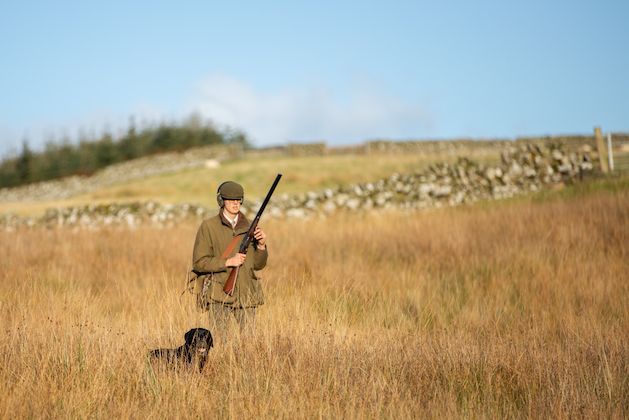 Jack and hugo search the long grasses for snipe then onto a woodcock
Usd 13 nov 19 snipe shoot
Jack and hugo search the long grasses for snipe then onto a woodcock
Usd 13 nov 19 snipe shoot
Craigenputtock House has been sitting in the rural splendour of upland Dumfriesshire since the 11th century. Once the home of Thomas Carlyle, one of Scotland’s most influential authors, it has borne witness to much change.
Over the years, the landscape has been transformed by afforestation, and continual drainage and tillage, creating a more commercially viable agricultural environment.
In the previous months there has been some positive adaptation of the landscape for both native and migratory species, with habitat improvement that will help both local ecology and sporting interests.
Despite effective pest control on nesting sites where predation is known to cause 60 per cent of nest failures, common snipe numbers on Craigenputtock have been lower than in previous years. The resident snipe population is topped up each season with migrants from Scandinavia and mainland Europe that appear in early August. These arrived but sadly not in the numbers seen in the past.
Visiting similar sites I noted snipe numbers were comparatively higher so, having addressed predation on Craigenputtock, my thoughts turned to improving the snipe habitat.
After the nesting season had finished, the estate’s mixed Galloway cattle were moved off the high ground and grazed heavily on the lower peaty flats. This intensive grazing pressure breaks the surface of the acid heath, exposing the peat below and leaving mounds of natural fertilizer.
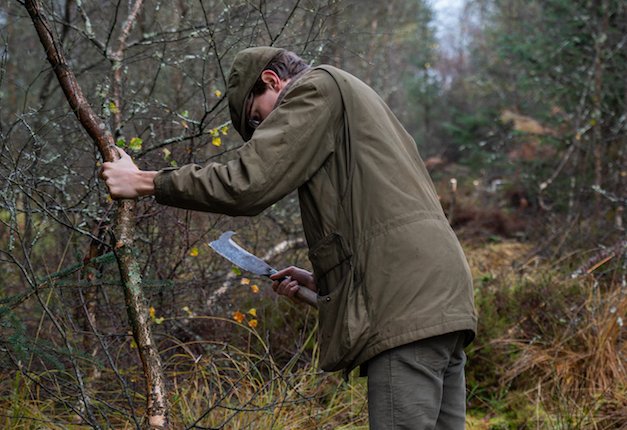
Jack clears out one of the woodland rides for woodcock to rode and flight through
To a snipe, this landscape now holds a valuable mosaic habitat in miniature of soft rush for cover, pockets of wet ground for bathing, and accessible broken, well-fertilized soil that encourages earthworms, leatherjackets and beetles to the surface for ease of feeding.
To improve this habitat further, I used the farm digger to form wader scrapes on the south-westerly end of the estate. Prior to the machine’s arrival I pushed through the peaty expanse with my Labrador and not a single bird flushed. I hoped this was merely a coincidence.
This landscape is a digger operator’s nightmare, with the potential to quickly lose a machine in the bottomless bog. I decided all the scrapes would be dug from an old access track that connects the good grazing at either side. Seven scrapes were formed, all roughly 12m by 12m and 10cm deep, with sloping sides providing damp, exposed soils for feeding and dabbling, while the centres fill with shallow water for bathing.
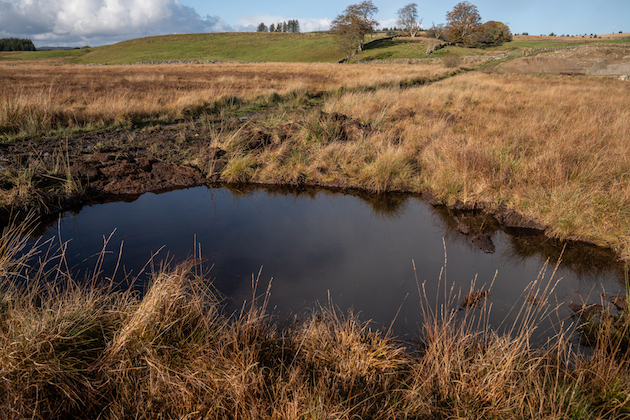
One of the four new scrapes that have been dug out to attract snipe
A few days later I went to check on the improvements and on entering the field I could see that the first scrape had filled perfectly. As I got closer more than 10 snipe flushed, the quick shrills of their alarm calls ringing out as they jinked into the distance. Snipe flushed from each and every scrape that evening without the use of a dog or hard beating.
It was satisfying to see that in only three days these small and inexpensive habitat improvements had produced such significant increases in snipe numbers.
There is also evidence the scrapes are being used by other species, as duck feathers were found around the perimeter. To encourage their presence, barley has now been added to the scrape edges to increase dabbling. The scrapes will also be beneficial to the other waders such as the threatened lapwing and curlew.
The peat bogs are not the only habitat to receive much needed attention. The mixed woodlands have had their rides cleared to allow woodcock to rode and flight through. A dozen home-made pheasant feeders have also been placed across the estate. The feeders were made from recycled sheep-lick tubs and reclaimed fencing timber, the only expense being the purchase of spiral spring feeder attachments.
The resident game birds are not the only beneficiaries from the introduction of these feeders, as there has also been a notable increase in a wide variety of songbirds.
Corvids have also made use of the feeders, but it also makes for ease of control. Eley Hawk kindly sent me a slab of its new VIP Steel Pro Eco Wad cartridges in 32g No3s and these have proved highly effective in controlling the mobbing carrion crows and jackdaws.
I am very impressed with the overall effectiveness of this steel ammunition. Its environmental credentials fit perfectly with the biodiverse and ecologically sound sporting venture I am striving to create.
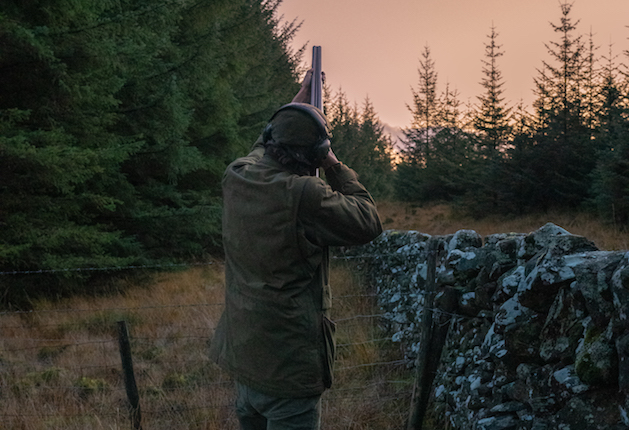
The one and only woodcock of the night flying down the ride
There is a healthy population of resident woodcock on the estate and I wanted to establish if the numbers had increased with the arrival of migratory birds. The ‘woodcock moon’ was not due for a couple of weeks but the last full moon in October had not long passed so I decided to try a flight at dusk.
One cold autumnal evening I walked out to what I hoped would be the optimum location, where the confluence of two forestry rides make an excellent flighting setting. I realised I was running early so rather than sitting idly for an hour I decided to try walk-up a snipe to fill the time.
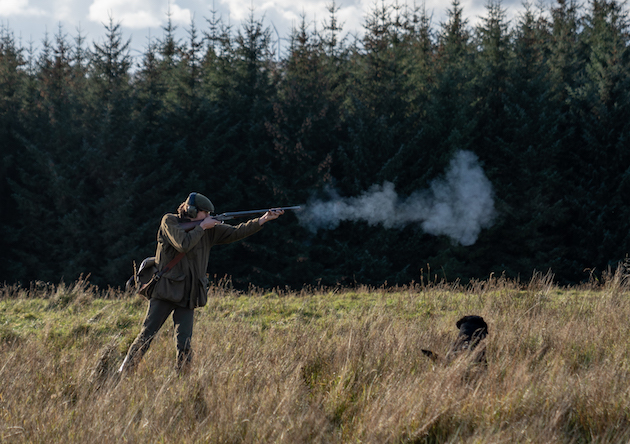
Jack takes a shot at the snipe that Hugo flushed from the cover
The first location was an area of soft rush where a Watson feed trailer sat partially submerged in a boggy hole. As I edged closer to the trailer, a single snipe flushed early — I tried to pick a line on its unpredictable flight pattern but by the time it started to straighten, the little bird was a blip in the distance and my shot was low.
The next field had a crescent-shaped area of wet ground with a prominent knoll in the centre. A second snipe broke cover in a screaming wake — much like the first attempt, my shot placement was poor and I watched the bird pushing upwards unscathed.
If your gamebag includes a snipe, this is the classic way in which to eat it.
I had never come up against walked-up snipe until I took a shooting holiday to Ireland in December.
Growing up in Surrey, snipe were rarely on my horizon. The heaths are mostly too dry for them and the…
Darkness was now drawing in and my attention returned to the original quarry. I sat patiently under a lone Scots pine waiting on a passing woodcock heading to feed. An hour passed and nothing had appeared, and the temperature was dropping. It felt like snow was imminent. Though it was still relatively early in the evening, concerned about the changing weather I made the decision to pack up, as I had a long walk back to my vehicle and an even longer drive home on narrow single-track roads.
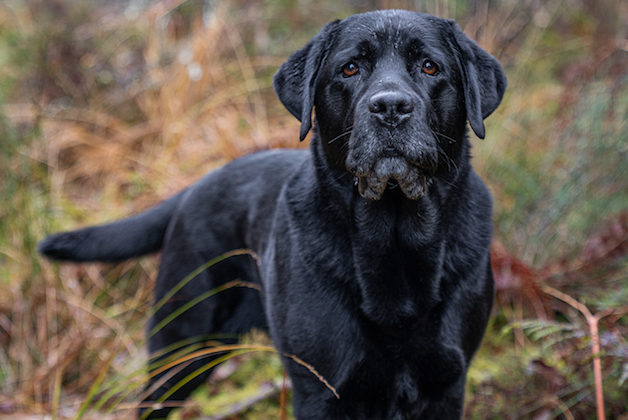
Jack’s Labrador Hugo found a snipe for him
I have no doubt that in the coming weeks Craigenputtock will see the moonlight arrival of a healthy population of these winged tourists, which will be a welcome sight come my walked-up days shooting early next year.
Get the latest news delivered direct to your door
Discover the ultimate companion for field sports enthusiasts with Shooting Times & Country Magazine, the UK’s leading weekly publication that has been at the forefront of shooting culture since 1882. Subscribers gain access to expert tips, comprehensive gear reviews, seasonal advice and a vibrant community of like-minded shooters.
Save on shop price when you subscribe with weekly issues featuring in-depth articles on gundog training, exclusive member offers and access to the digital back issue library. A Shooting Times & Country subscription is more than a magazine, don’t just read about the countryside; immerse yourself in its most authoritative and engaging publication.

